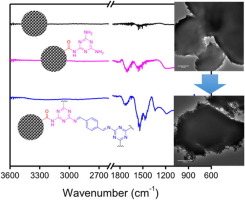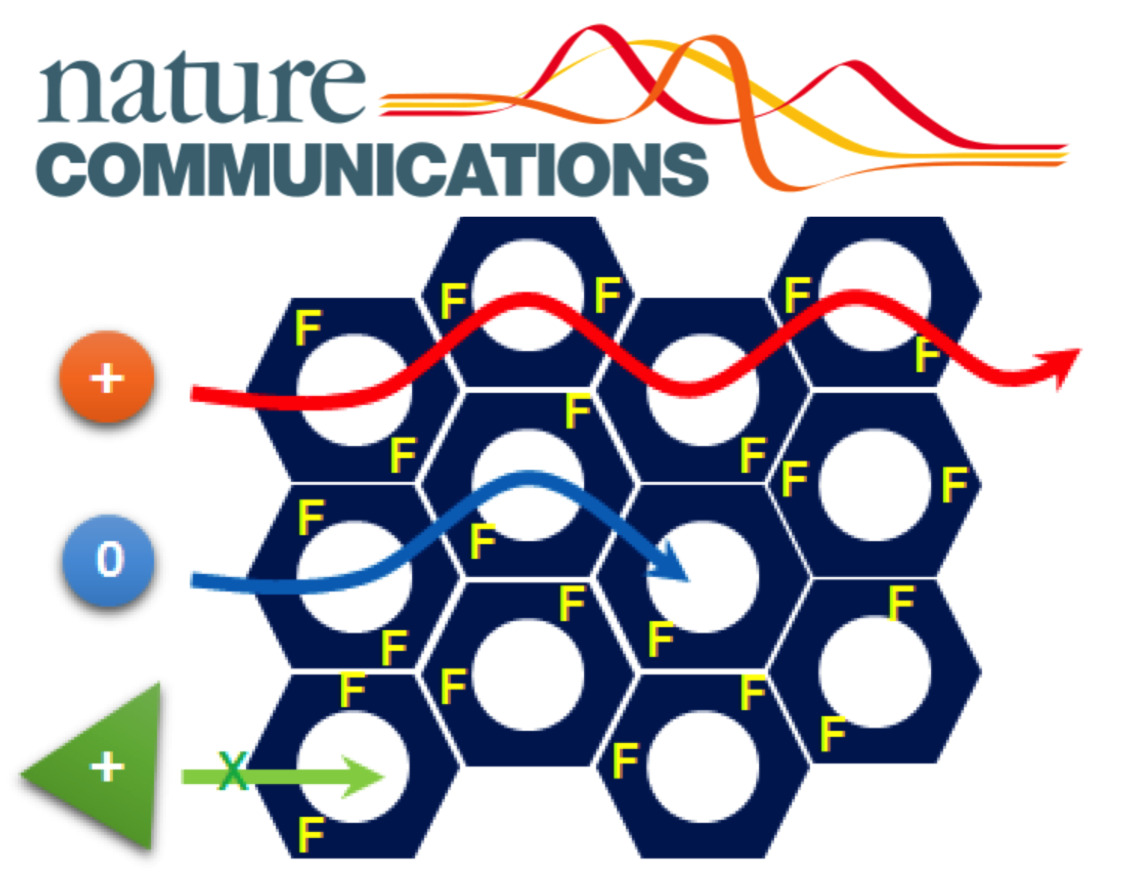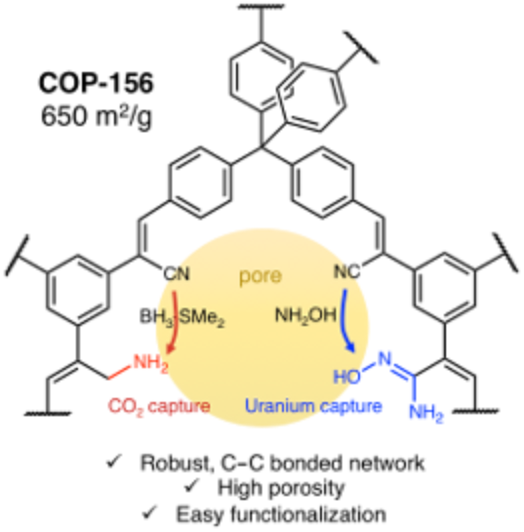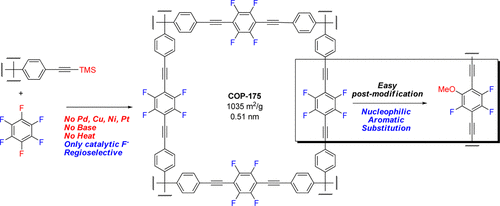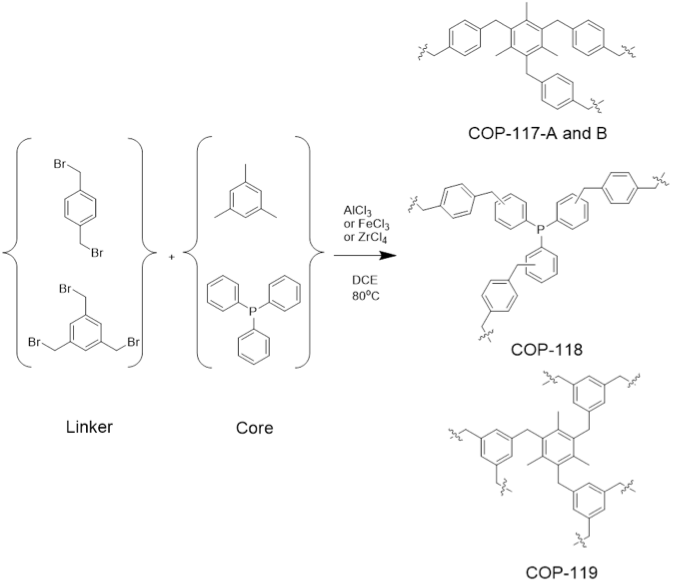Organic compounds, such as covalent organic framework, metal–organic frameworks, and covalent organic polymers have been under investigation to replace the well-known amine-based solvent sorption technology of CO2 and introduce the most efficient and economical material for CO2 capture and storage. Various organic polymers having different function groups have been under investigation both for low and high pressure CO2 capture. However, search for a promising material to overcome the issues of lower selectivity, less capturing capacity, lower mass transfer coefficient and instability in materials performance at high pressure and various temperatures is still ongoing process. Herein, we report synthesis of six covalent organic polymers (COPs) and their CO2, N2, and CH4 adsorption performances at low and high pressures up to 200 bar. All the presented COPs materials were characterized by using elemental analysis method, Fourier transform infrared spectroscopy (FTIR) and solid state nuclear magnetic resonance (NMR) spectroscopy techniques. Physical properties of the materials such as surface areas, pore volume and pore size were determined through BET analysis at 77 K. All the materials were tested for CO2, CH4, and N2 adsorption using state of the art equipment, magnetic suspension balance (MSB). Results indicated that, amide based material i.e. COP-33 has the largest pore volume of 0.2 cm2/g which can capture up to the maximum of 1.44 mmol/g CO2 at room temperature and at pressure of 10 bar. However, at higher pressure of 200 bar and 308 K ester-based compound, that is, COP-35 adsorb as large as 144 mmol/g, which is the largest gas capturing capacity of any COPs material obtained so far. Importantly, single gas measurement based selectivity of COP-33 was comparatively better than all other COPs materials at all condition. Nevertheless, overall performance of COP-35 rate of adsorption and heat of adsorption has indicated that this material can be considered for further exploration as efficient and cheaply available solid sorbent material for CO2 capture and separation.
